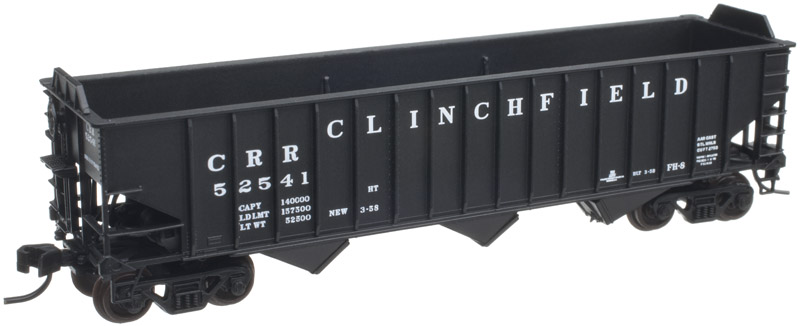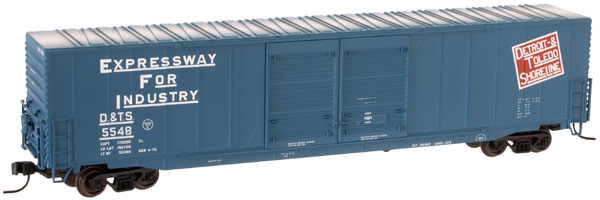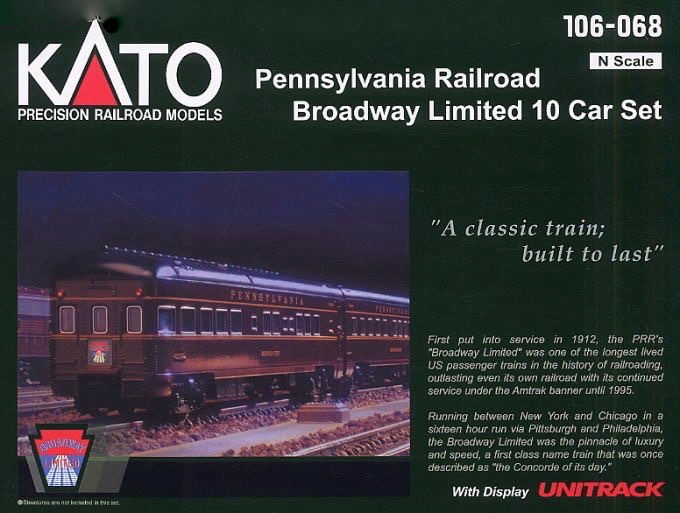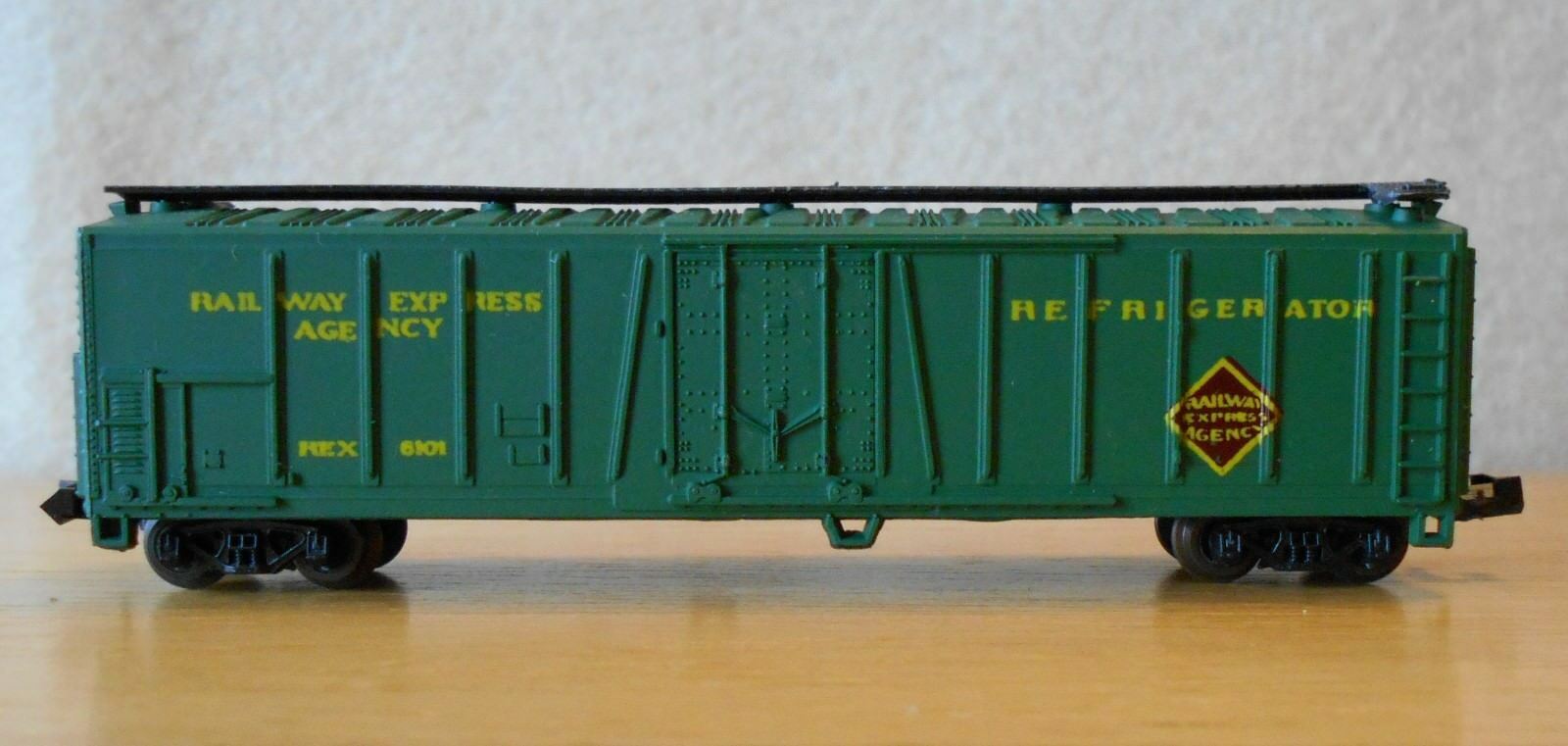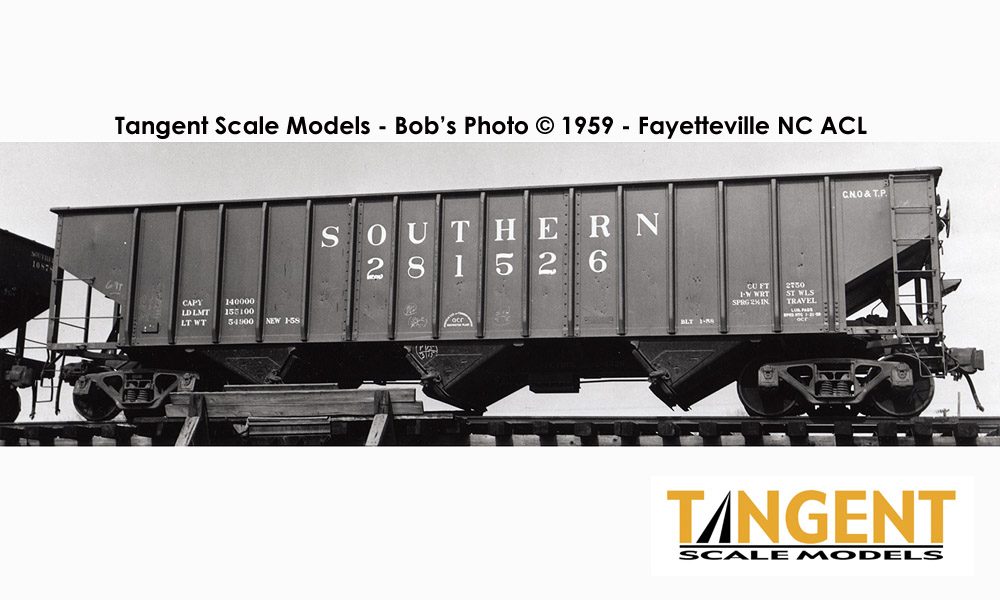Model Information: Atlas first announced this model in 2013 with a target release data of 2nd quarter, 2014. It is part of the Atlas Master product group. Atlas uses this body style to model both 2750 and 2960 c.f. 3-bay open hoppers as made by the Pullman Standard company. Pullman produced over 16,000 prototype cars. The model features:
- Fifteen Panels;
- Sixteen Side Posts;
- Die-cast hopper and center sill construction;
- Late 20th century prototype (New cars were built from 1954-1971);
- Optional heap shields;
- Friction- or roller-bearing trucks.
Prototype History: During the 1950s, Pullman-Standard began to develop a “standardized” line of freight car product types that were marketed in “families”. Starting with the PS-1 boxcars and PS-2 covered hoppers, the PS-3 was rolled out with several offerings, the most prolific being this 70-ton, 3-outlet coal hopper with a cubic capacity of 2750 cubic feet. First purchased in 1957, Pullman-Standard not only had an effective marketing message with the “PS” series, but developed simultaneous production capability at both its Bessemer AL and Butler PA manufacturing plants, providing customers with a rapid response for coal hoppers that were produced at a rate of more than 13 cars per weekday during peak supply. Such rapid-production was made possible by new welding techniques that arose from the World War II period, although this was a relatively new innovation for open hoppers at the time.
Buyers for the PS-3 hoppers varied widely across US freight car buyers – in other words Class I railroads. The largest purchaser of the PS-3 was Louisville and Nashville, who settled on Pullman-Standard produced 2 and 3 bay hoppers as their fleet standard for coal originations prior to the 1970s. While they placed several orders for PS-3 hoppers, for a total of more than 8,000 cars(!), here is an example of one of the cars from the L&N 1959 order wearing fresh factory paint, where the cars from that period carried the “Dixie Line” paint that lasted into the 1980s.
Buyers for the PS-3 hoppers varied widely across US freight car buyers – in other words Class I railroads. The largest purchaser of the PS-3 was Louisville and Nashville, who settled on Pullman-Standard produced 2 and 3 bay hoppers as their fleet standard for coal originations prior to the 1970s. While they placed several orders for PS-3 hoppers, for a total of more than 8,000 cars(!), here is an example of one of the cars from the L&N 1959 order wearing fresh factory paint, where the cars from that period carried the “Dixie Line” paint that lasted into the 1980s.
Road Name History: 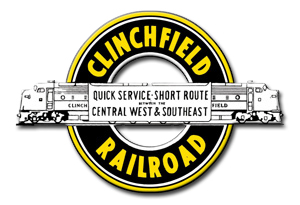 The Clinchfield Railroad (reporting mark CRR) was an operating and holding company for the Carolina, Clinchfield and Ohio Railway (reporting mark CCO). The line ran from the coalfields of Virginia and Elkhorn City, Kentucky, to the textile mills of South Carolina. The 35-mile segment from Dante, Virginia, to Elkhorn City, opening up the coal lands north of Sandy Ridge Mountains and forming a connection with the Chesapeake and Ohio Railway at Elkhorn City, was completed in 1915.
The Clinchfield Railroad (reporting mark CRR) was an operating and holding company for the Carolina, Clinchfield and Ohio Railway (reporting mark CCO). The line ran from the coalfields of Virginia and Elkhorn City, Kentucky, to the textile mills of South Carolina. The 35-mile segment from Dante, Virginia, to Elkhorn City, opening up the coal lands north of Sandy Ridge Mountains and forming a connection with the Chesapeake and Ohio Railway at Elkhorn City, was completed in 1915.
The Clinchfield was the last Class I railroad built in the U.S. east of the Rocky Mountains. The 266-mile railroad provided access to numerous scenic wonders of the Appalachian region and is probably best known for the state-of-the-art railroad engineering techniques applied in its construction, as exemplified by the Clinchfield Loops climbing the Blue Ridge Mountains north of Marion, North Carolina.
The Clinchfield Railroad began operating the line December 1, 1924, and for many years it was leased jointly by the Atlantic Coast Line Railroad and Louisville and Nashville Railroad. When the L&N merged with the ACL's successor, the Seaboard Coast Line Railroad, effective January 1, 1983, forming the Seaboard System Railroad, the separate operating company was unnecessary and was merged into the Seaboard. The line is now owned and operated by CSX Transportation as their Blue Ridge Subdivision (Spartanburg to Erwin, Tennessee) and Kingsport Subdivision (Erwin to Elkhorn City).
On October 15, 2015 CSX Transportation announced it was closing the Erwin yard facility, with a loss of 300 jobs. All through traffic trains would cease using the Clinchfield Route. Industries around Kingsport and Johnson City, TN would still be serviced by trains coming North from Spartanburg, SC and Bostic, NC, as would the Alpha Natural Resources coal preparation facility in McClure, VA by trains coming south from Shelbiana, Ky. Norfolk Southern would still use the line from St. Paul to Frisco, VA via a trackage rights arrangement with the CSX. The line between St. Paul and McClure (19.4 miles) would be idled immediately, effectively ending the use of the Clinchfield Route as a functioning bridge route between Spartanburg and Elkhorn City. It has been reported, however, that there have been instances of equipment running between Shelbiana, Ky and Dante, Va. The last time a train crossed the entire "North End" of the Clinchfield Route (from Elkhorn to Kingsport) was for the 2015 running of the Santa Claus Special, which happened in November 2015. It remains unclear as to the future of this rail line.

The Clinchfield was the last Class I railroad built in the U.S. east of the Rocky Mountains. The 266-mile railroad provided access to numerous scenic wonders of the Appalachian region and is probably best known for the state-of-the-art railroad engineering techniques applied in its construction, as exemplified by the Clinchfield Loops climbing the Blue Ridge Mountains north of Marion, North Carolina.
The Clinchfield Railroad began operating the line December 1, 1924, and for many years it was leased jointly by the Atlantic Coast Line Railroad and Louisville and Nashville Railroad. When the L&N merged with the ACL's successor, the Seaboard Coast Line Railroad, effective January 1, 1983, forming the Seaboard System Railroad, the separate operating company was unnecessary and was merged into the Seaboard. The line is now owned and operated by CSX Transportation as their Blue Ridge Subdivision (Spartanburg to Erwin, Tennessee) and Kingsport Subdivision (Erwin to Elkhorn City).
On October 15, 2015 CSX Transportation announced it was closing the Erwin yard facility, with a loss of 300 jobs. All through traffic trains would cease using the Clinchfield Route. Industries around Kingsport and Johnson City, TN would still be serviced by trains coming North from Spartanburg, SC and Bostic, NC, as would the Alpha Natural Resources coal preparation facility in McClure, VA by trains coming south from Shelbiana, Ky. Norfolk Southern would still use the line from St. Paul to Frisco, VA via a trackage rights arrangement with the CSX. The line between St. Paul and McClure (19.4 miles) would be idled immediately, effectively ending the use of the Clinchfield Route as a functioning bridge route between Spartanburg and Elkhorn City. It has been reported, however, that there have been instances of equipment running between Shelbiana, Ky and Dante, Va. The last time a train crossed the entire "North End" of the Clinchfield Route (from Elkhorn to Kingsport) was for the 2015 running of the Santa Claus Special, which happened in November 2015. It remains unclear as to the future of this rail line.
Brand/Importer Information: In 1924 Stephan Schaffan, Sr. founded the Atlas Tool Company in Newark, New Jersey. In 1933 his son, Stephan Schaffan, Jr., came to work for his father at the age of sixteen. Steve Jr. built model airplanes as a hobby and frequented a local hobby shop. Being an enterprising young man, he would often ask the owner if there was anything he could do to earn some extra spending money. Tired of listening to his requests, the hobby-store owner threw some model railroad track parts his way and said, "Here, see if you can improve on this".
In those days, railroad modelers had to assemble and build everything from scratch. Steve Jr. created a "switch kit" which sold so well, that the entire family worked on them in the basement at night, while doing business as usual in the machine shop during the day.
Subsequently, Steve Jr. engineered the stapling of rail to fiber track, along with inventing the first practical rail joiner and pre-assembled turnouts and flexible track. All of these products, and more, helped to popularize model railroading and assisted in the creation of a mass-market hobby. The budding entrepreneur quickly outgrew the limitations of a basement and small garage operation. Realizing they could actually make a living selling track and related products, Steve and his father had the first factory built in Hillside, New Jersey at 413 Florence Avenue in 1947. On September 30, 1949, the Atlas Tool Company was officially incorporated as a New Jersey company.
In 1985, Steve was honored posthumously for his inventions by the Model Railroad Industry Association and was inducted into the Model Railroad Industry Hall of Fame in Baltimore, Maryland. In addition, Steve was nominated and entered into the National Model Railroad Association Pioneers of Model Railroading in 1995.
In the early 1990s, the Atlas Tool Company changed its name to Atlas Model Railroad Company, Inc.
In those days, railroad modelers had to assemble and build everything from scratch. Steve Jr. created a "switch kit" which sold so well, that the entire family worked on them in the basement at night, while doing business as usual in the machine shop during the day.
Subsequently, Steve Jr. engineered the stapling of rail to fiber track, along with inventing the first practical rail joiner and pre-assembled turnouts and flexible track. All of these products, and more, helped to popularize model railroading and assisted in the creation of a mass-market hobby. The budding entrepreneur quickly outgrew the limitations of a basement and small garage operation. Realizing they could actually make a living selling track and related products, Steve and his father had the first factory built in Hillside, New Jersey at 413 Florence Avenue in 1947. On September 30, 1949, the Atlas Tool Company was officially incorporated as a New Jersey company.
In 1985, Steve was honored posthumously for his inventions by the Model Railroad Industry Association and was inducted into the Model Railroad Industry Hall of Fame in Baltimore, Maryland. In addition, Steve was nominated and entered into the National Model Railroad Association Pioneers of Model Railroading in 1995.
In the early 1990s, the Atlas Tool Company changed its name to Atlas Model Railroad Company, Inc.
Item created by: trainnut3500 on 2016-08-22 09:56:30. Last edited by gdm on 2021-02-20 21:42:09
If you see errors or missing data in this entry, please feel free to log in and edit it. Anyone with a Gmail account can log in instantly.
If you see errors or missing data in this entry, please feel free to log in and edit it. Anyone with a Gmail account can log in instantly.


